We have had a winter of everyone’s discontent. It’s rained, and rained, and rained some more. We’ve had terrible flooding here on the Pelion. Some of the worst ever in parts. Great destruction. Millions of euros of damage. There seems little chance now of seeing a bridge back in Kalamos given how very little money there is in Thessaly’s coffers.
This morning the sun has made a valiant effort to revive people’s spirits. The cats are enchanted – butterflies, bees, beetles and all manner of airborne flitters to chase, not to mention racing to ambush each other and unwary critters. Try as I might I can’t get a decent photo of the antics, so fast do they all move.
But the spring flowers are more composed. The first of them are beginning to appear. Slowly. Gently. Nodding a brief hello. Secure in the knowledge that before long they’ll begin to explode upon the scene they will dominate for a while, changing roles, giving way to new performers in differently colored costumes, as they retire from center stage assured that they will reprise their roles again and again in new performances.
Persephone, daughter of Zeus and Demeter, snatched by Hades to be queen of his underworld, has returned to the earth, as she does each year to bring spring to winter-weary mortals. What a mismatch her parent’s union was! Her mother is the goddess of the harvest; her raucous, thundering father’s behind all this ghastly weather we’ve been having. Well, you can’t choose your parents, but Persephone does all she can to make up for her egotistical father and we’re grateful. She stays but a little while before she’s obliged to return to her underground kingdom.
Rain is forecast again for tonight. And wind. Lots of it. Persephone probably won’t be too thrilled about that, but her father hates to be upstaged and hasn’t yet ordered Boreas, his god of the wind, to skulk back to the north. And Chione, the goddess of snow, daughter of cold Boreas, still lingers on Mt Pelion. Persephone’s resourceful though and won’t be intimidated – she’ll triumph over all of them before long.


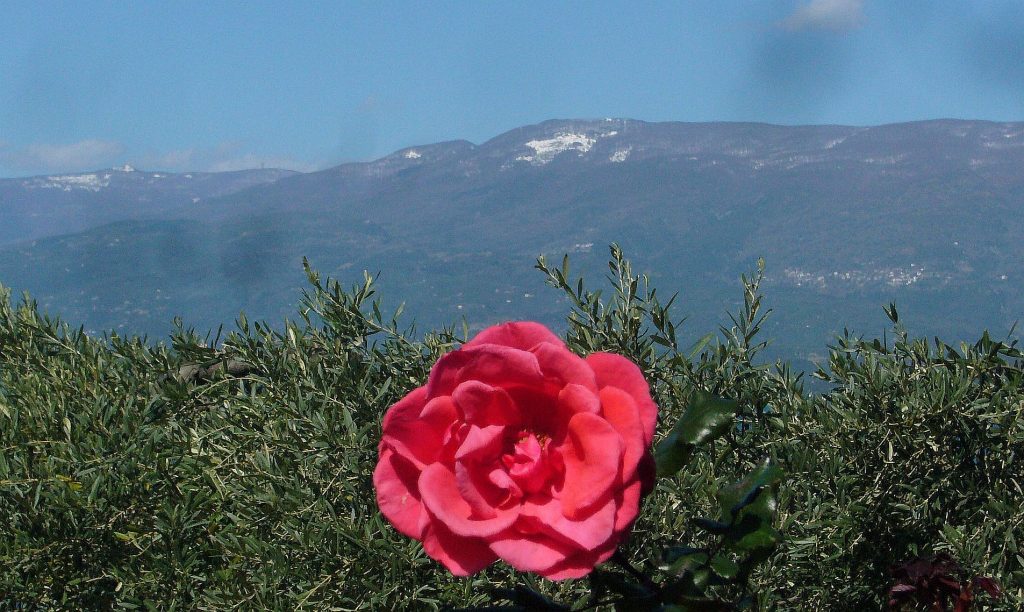
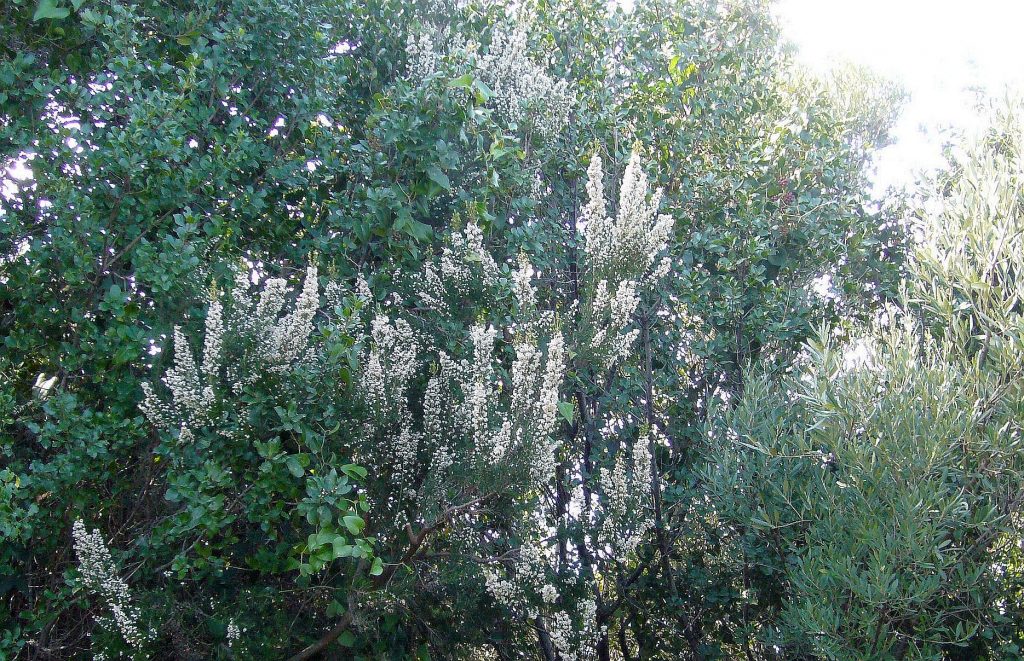



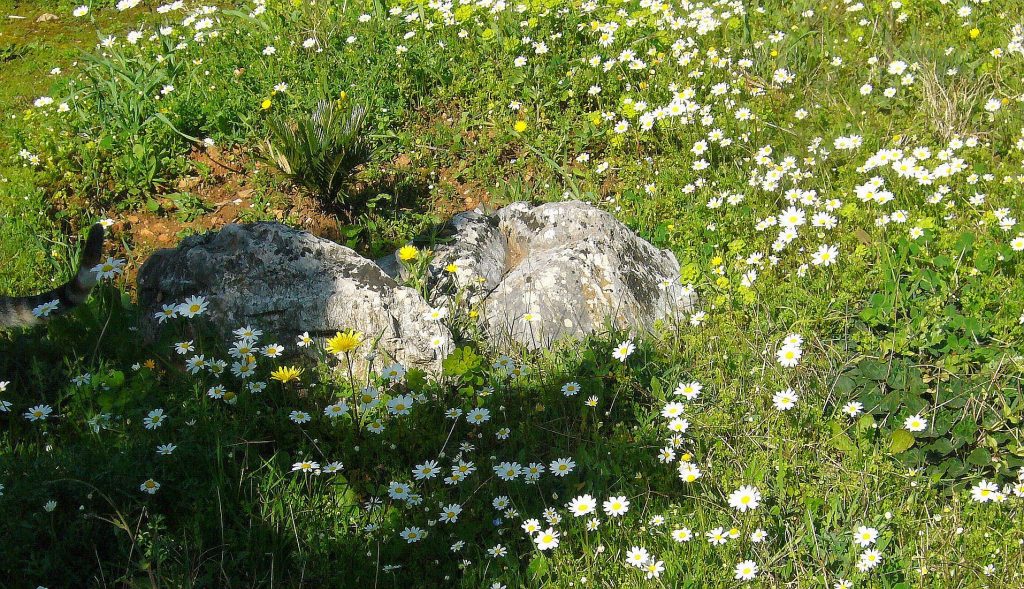



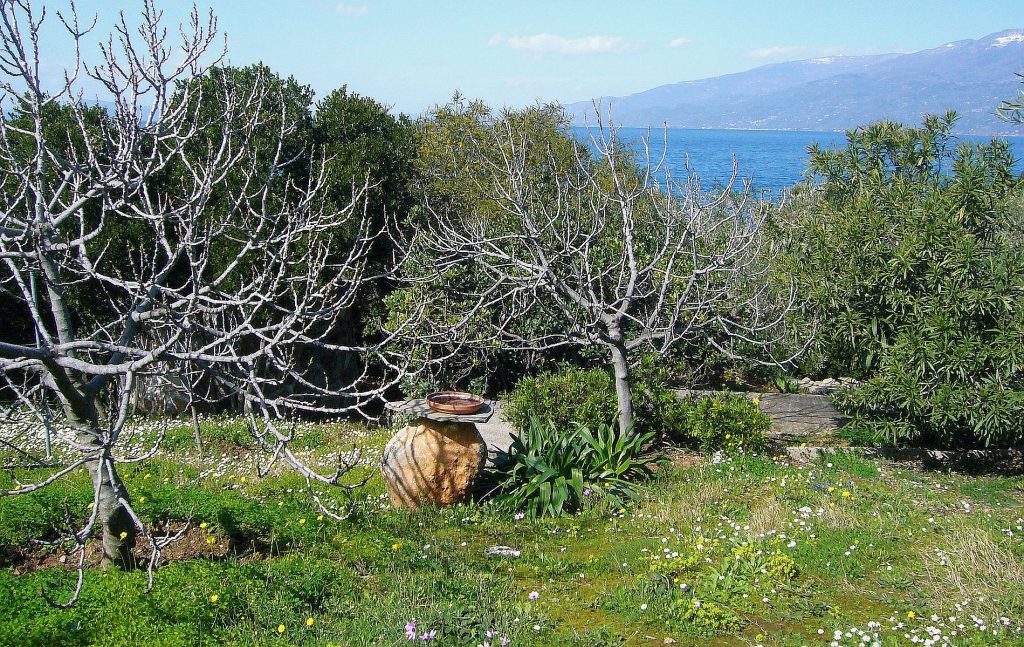
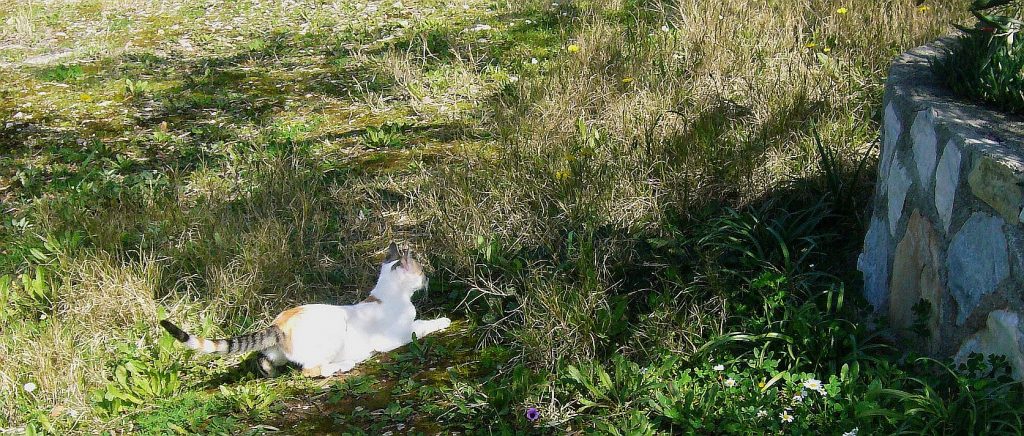


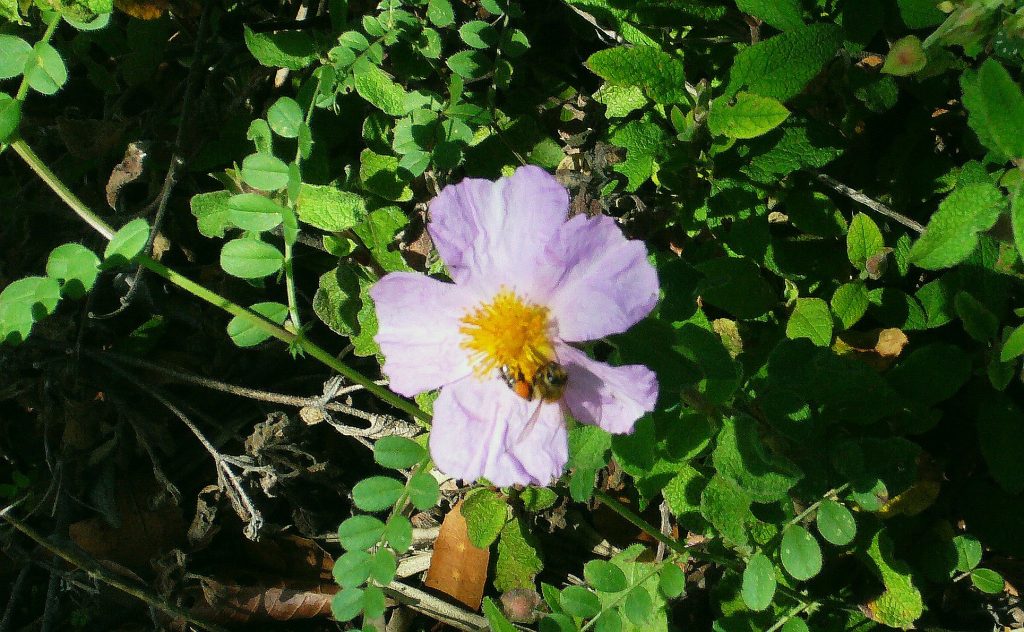
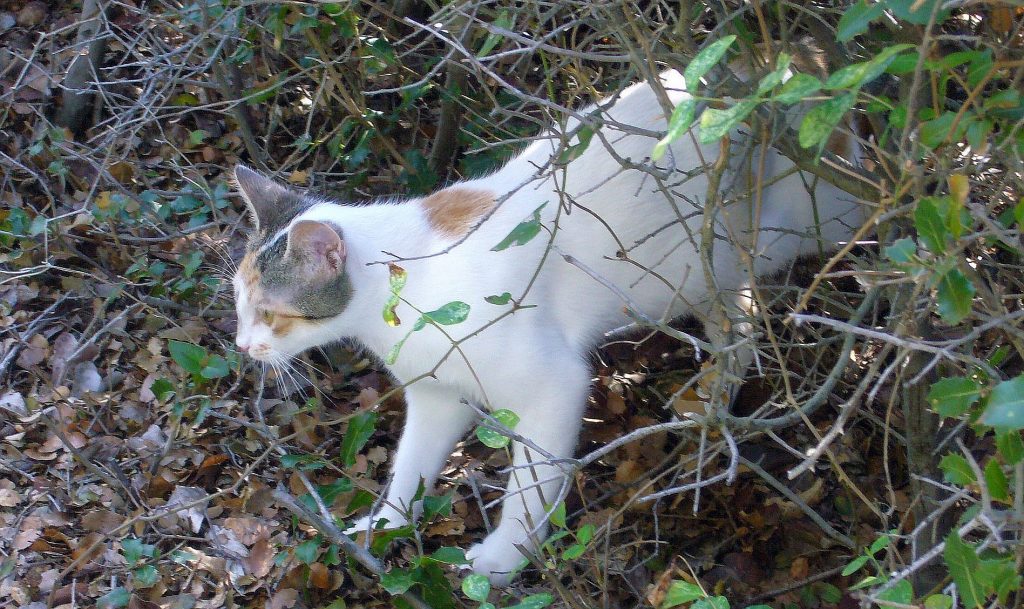
![P1240180 [HDTV (1080)] [1024x768]](http://chasingcentaurs.com/wp-content/uploads/2014/11/P1240180-HDTV-1080-1024x768.jpg)
![P1240162 [HDTV (1080)] [1024x768]](http://chasingcentaurs.com/wp-content/uploads/2014/11/P1240162-HDTV-1080-1024x768.jpg)
![P1240146 [HDTV (1080)] [1024x768]](http://chasingcentaurs.com/wp-content/uploads/2014/11/P1240146-HDTV-1080-1024x768.jpg)
![56971_18 [1024x768]](http://chasingcentaurs.com/wp-content/uploads/2014/11/56971_18-1024x768.jpg)
